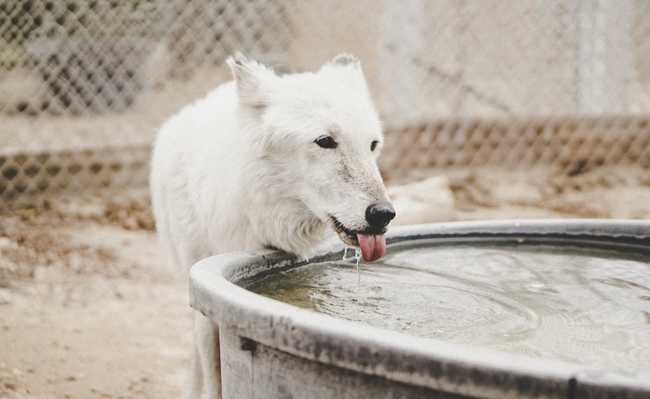Environmental degradation increases risk of new pandemics, study says
Analysis shows that rats and bats that harbor possibly pandemic pathogens are more present in damaged ecosystems

Image: Emiel Molenaar on Unsplash
The destruction of natural ecosystems promoted by humans is responsible for the increase in the number of rats, bats and other small animals that harbor diseases similar to Covid-19. A comprehensive analysis shows that this could be the cause of the next big pandemic, as environmental degradation facilitates the process of migration of viruses from small animals to the human species.
Published in the journal Nature, the survey assessed nearly 7,000 animal communities on six continents and found that converting wild places to farmland or settlements often destroys larger species. This damage benefits smaller, more adaptable creatures, which are also the ones that carry the greatest number of pathogens capable of migrating to humans.
According to the evaluation, the populations of animals that harbor zoonotic diseases were up to 2.5 times larger in degraded places. The proportion of species that carry these pathogens has increased by up to 70% compared to undamaged ecosystems.
Human populations are increasingly being affected by wildlife-borne diseases such as HIV, Zika, SARS and the Nipah virus. Since the beginning of the new coronavirus pandemic, there have been a series of warnings from the UN and WHO that the world must face the cause of these outbreaks - the destruction of nature - and not just the economic and health symptoms.
In June, experts said the Covid-19 pandemic was an "SOS signal to human enterprise," while in April the world's leading biodiversity experts said more deadly disease outbreaks were likely, unless nature stood by. protected.
The new analysis is the first to show how destruction of wild places, as the world's population and consumption grows, leads to changes in animal populations that increase the risk of disease outbreaks. The research demonstrates that disease surveillance and health care need to be stepped up in areas where nature is being devastated, the scientists said.
"As people go in and, for example, turn a forest into agricultural land, what they are inadvertently doing is increasing the likelihood that they will come into contact with a disease-carrying animal," said David Redding of the ZSL Institute of Zoology in London, which was part of the research team.
Redding said the costs of disease were not taken into account when deciding to convert natural ecosystems: "You need to spend a lot more money on hospitals and treatments." A recent report estimated that just 2% of the costs of the Covid-19 crisis would be needed to help prevent future pandemics for a decade.
"The Covid-19 pandemic has awakened the world to the threat that zoonotic diseases pose to humans," say Richard Ostfeld, from the Cary Institute for Ecosystem Studies, in the US, and Felicia Keesing, at Bard College, also in the US , in a comment on nature.
"This recognition has brought about a misperception that wilderness is the biggest source of zoonotic diseases," they said. “[This research] offers an important correction: the biggest zoonotic threats arise where natural areas have been converted to farmland, pastures and urban areas. The patterns the researchers detected were impressive."
The reason species such as rodents and bats thrive simultaneously in human-damaged ecosystems and also harbor most pathogens is likely because they are small, mobile, adaptable – and produce many offspring quickly.
"The final example is the brown rat," said Redding. These fast-living species have an evolutionary strategy that favors a large number of offspring over a high survival rate for each, meaning they invest relatively little in their immune system. "In other words, creatures that have rat-like life histories seem to be more tolerant of infection than other creatures," explain Ostfeld and Keesing.
"In contrast, an elephant has a calf every two years," said Redding. "He has to make sure the offspring survive, so that they are born with a very strong and adaptable immune system."
The analysis found that small, perched birds were also hosts of diseases that do well in habitats that are impacted by human activities. These birds can be reservoirs of diseases such as West Nile virus and a type of chikungunya virus.
Humans have already affected more than half of Earth's habitable lands. Professor Kate Jones of University College London, who is also part of the research team, said: “As agricultural and urban areas are expected to continue to expand in the coming decades, we must strengthen disease surveillance and the provision of medical care in these areas. areas where there are major changes in land use, as these locations are increasingly likely to have animals that may be harboring harmful pathogens."










